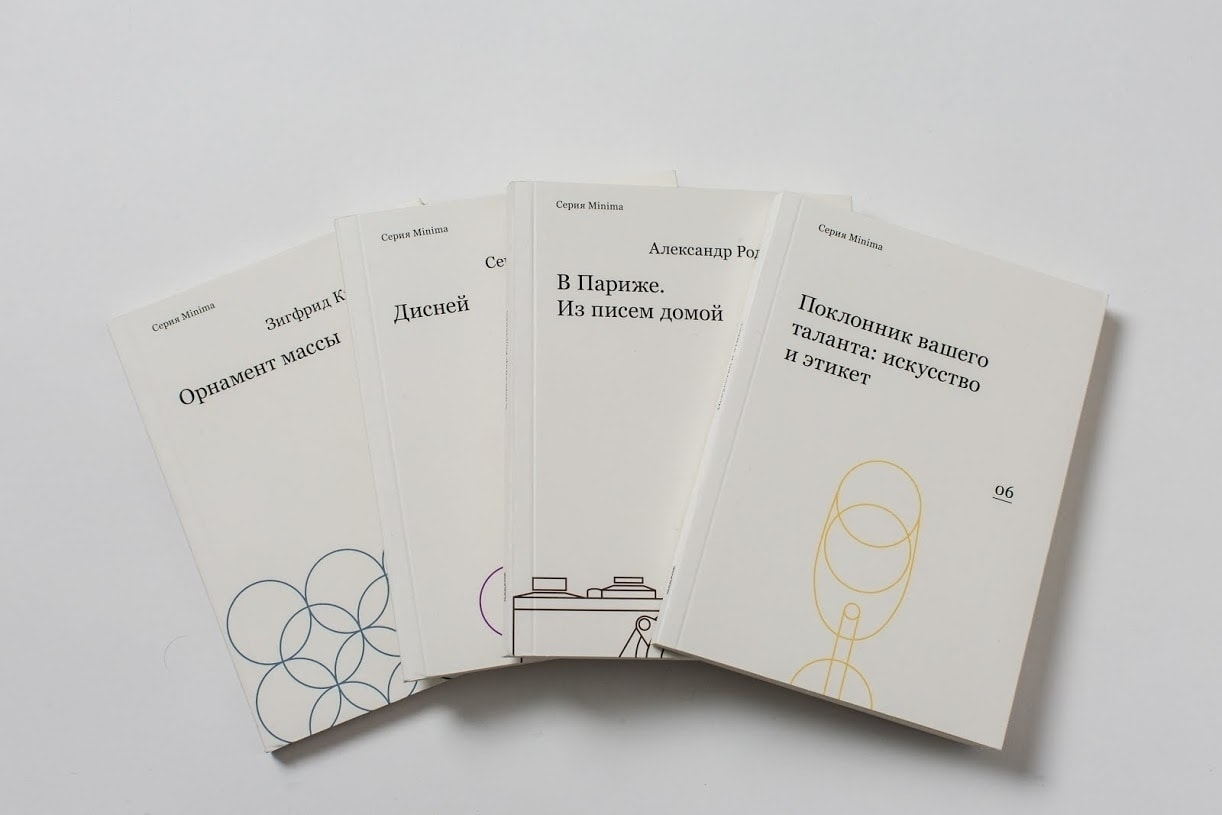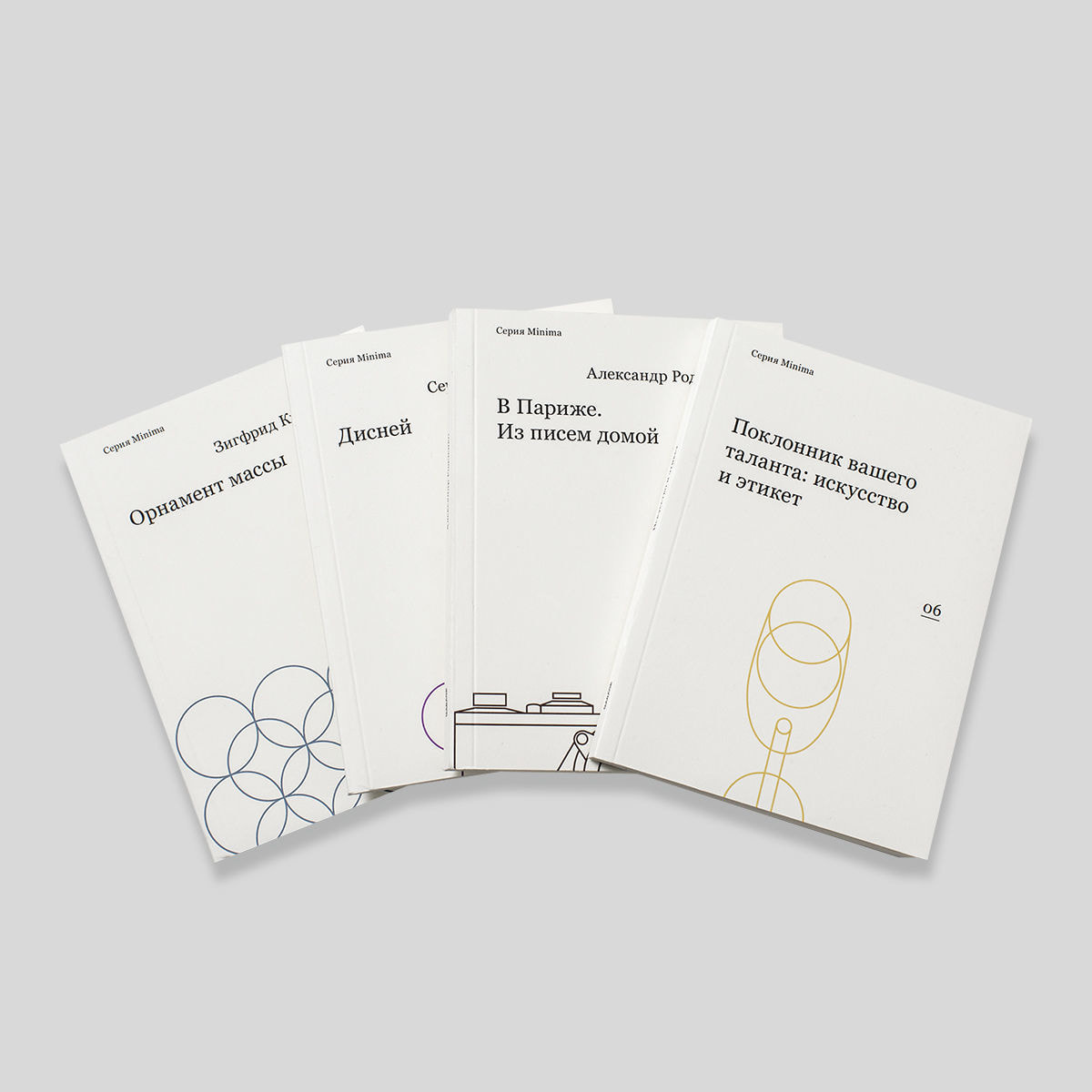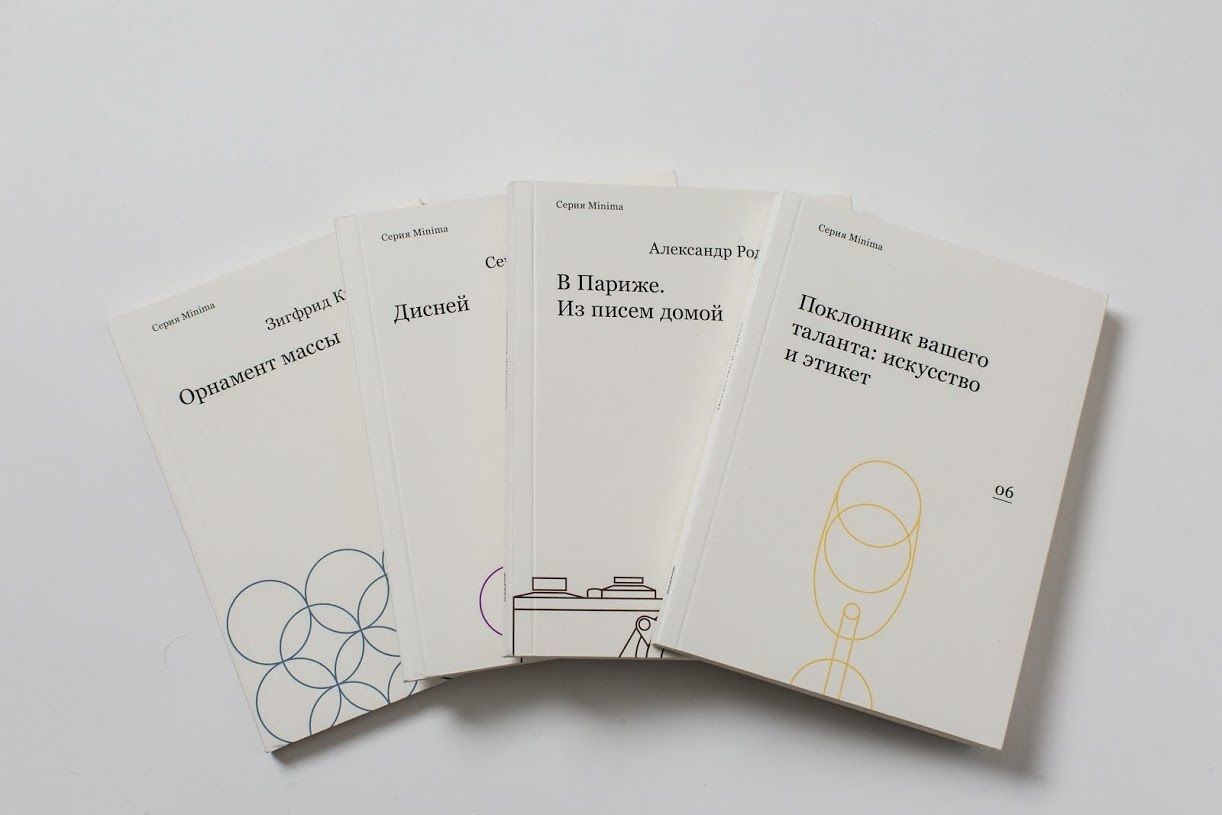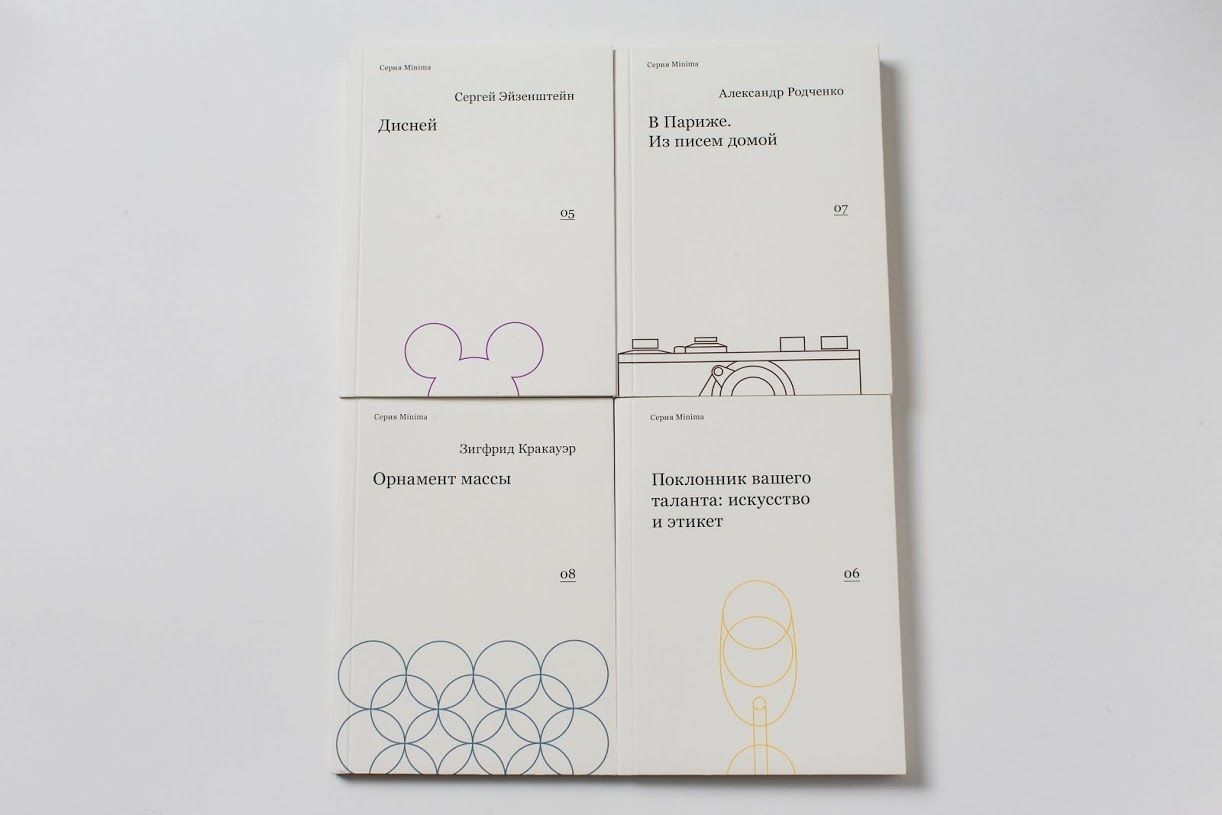In Disney, Sergei Eisenstein examines the techniques used by the American animator that make his films so enticing.
I Like Your Work: Art and Etiquette is a collection of 20 interviews given by figures on the New York art scene about how to behave in the world of contemporary art.
Letters from Paris is a collection of letters sent by the great Soviet photographer Alexander Rodchenko to his wife, the artist Vavara Stepanova.
In his collection of essays, Siegfried Kracauer discusses mass culture and the interrelationships of photography with memory, time and space.
Disney by Sergei Eisenstein, a filmmaker and cinema theorist, is dedicated to the analyzes of this prominent 20th century American cartoon maker. This is one of the three essays which he wrote in the beginning of 1940s about three legendary filmmakers of his time: David Wark Griffith, Charles Spencer Chaplin and Walt Disney. In his essay Eisenstein is examining the techniques which Disney applied to make his cartoons more attractive and comforting for each and every one.
Collection of interviews I Like Your Work: Art and Etiquette was compiled by independent Brooklyn contemporary art magazine Paper Monument in 2009. This curious edition includes over 20 interviews with members of the New York art-community about how one should (or should not) behave oneself in front of contemporary art.
A compilation of Rodchenko’s letters from Paris to his wife, Varvara Stepanova, can be found inside the book Letters from Paris. The three-month travel to Paris was the only trip abroad the artist ever went on. Impression that the artist got from shopping in Paris became one of the central themes in the letters: “There are millions of various goods here, my head’s spinning round, you just want to buy tons of it all.” This inspires Rodchenko to think about differences between attitudes to goods in capitalist and socialist societies.
The collection of essays and articles by Siegfried Kracauer, who is – similar to Walter Bejamin, – among the greatest world culture theorists, includes his texts written in 1920-1930s. In the largest among them, Photography, Kracauer studies how photography relates to memory, time and space, and talks about its credibility and practical aspects. In the essay The Mass Ornament (which gave its title to the book), written in 1927, the author explores a wide range of topics related to the life of masses and argues that the goods which come as a result of capitalistic form of production, are produced “not for their possession, but for the profit that tends towards eternity.”




